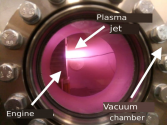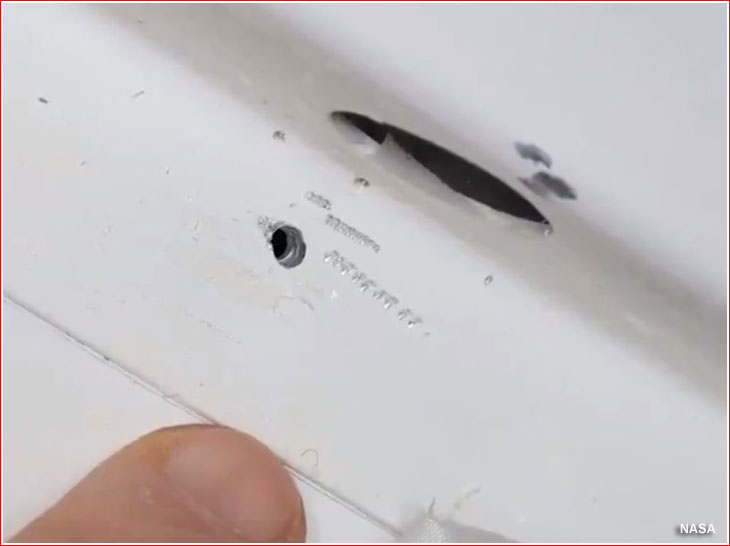NASA announced the extension of ISS operations until 2030:
This is interesting for two reasons.
The first is the budget impact. The ISS has been expensive to operate. It is roughly $4 billion per year: roughly 1/6th of NASA's current budget. That alone would pay for a couple SLS, allowing for two moon missions per year, or a large number of FalconHeavy rockets. In addition, this cuts the possibility of a NASA Mars mission in the 2030s to almost zero unless there is a major plus up. Given Congress' reaction to adding the money for the lunar landers, I doubt that will happen.
The second reason is the increasing issues between America and Russia. The two have kept their space relationship as far as the ISS, etc. in great shape, whatever else may be happening. However, within the last year or two, even the ISS/manned space flight cooperation has become more and more strained. There are several reasons. Russia is really unhappy with SpaceX (challenging their revenue through access to ISS and the launch customers shifting more to SpaceX than the Soyuz), US sanctions, the situation in Ukraine, and US reactions to anything Russian these days. The US is really unhappy with the asat test, the stupid accusation the American astronaut drilled a hole in the Soyuz capsule[1], and the reverse of the above save spacex. There's a WaPo article, but it is more "ooooo, Russia bad" rather than actually helpful in how cooperation has deteriorated.
Additionally, there is the issue the Russians themselves see their space industry rotting from within:
I don't care what country this came from, that's an awesome view. I am sure China will have shots like this soon. http://spaceref.com/mars/mars-curiosity-sol-3319-shoot-the-gap.html
www.sinodefenceforum.com
What will the Russian space industry look like in 2030?
Finally, Russia is signally its preference to shift cooperation in space to China. The two have signed an agreement on lunar and other space exploration. Cynical me wonders if extended the ISS to 2030 is a way to soak up Russian space funds and prevent the Russians from going to the Moon with the Chinese.
some bits about ISS:
60% of the ISS costs have been paid for by the US and 8% by Russia through 2010.
224 astronauts/cosmonauts visited ISS through august of last year. 153 were American. 50 were Russian. This is 68% and 33% respectively.
1. Really? I mean the ISS is not vast and no one would have heard the drilling or caught her? Space capsules are far tougher than sheet metal.


